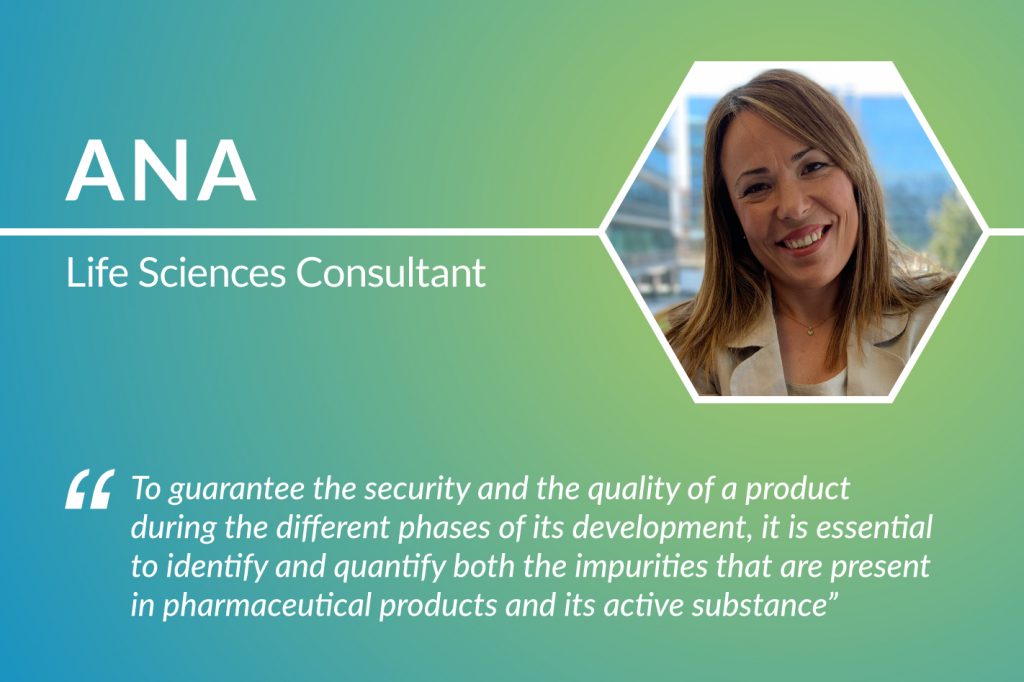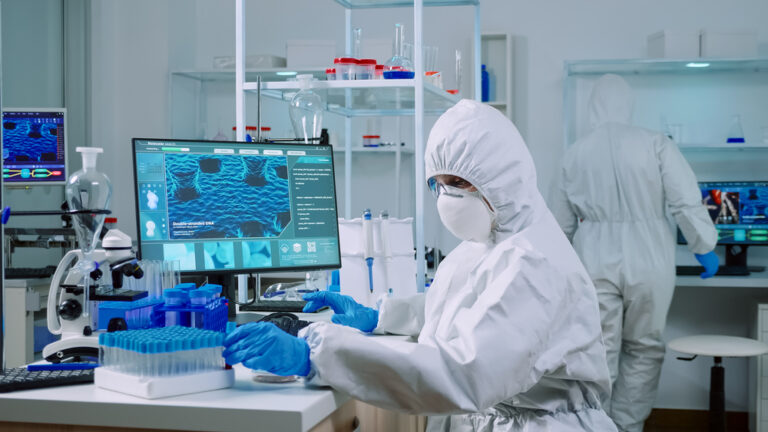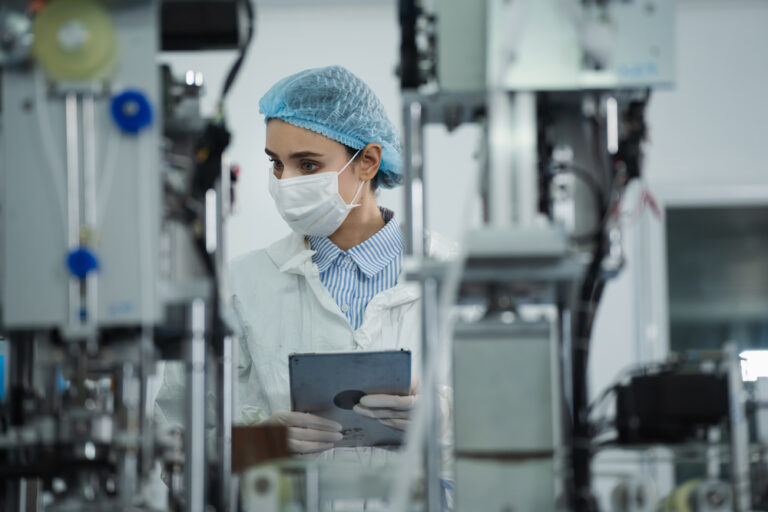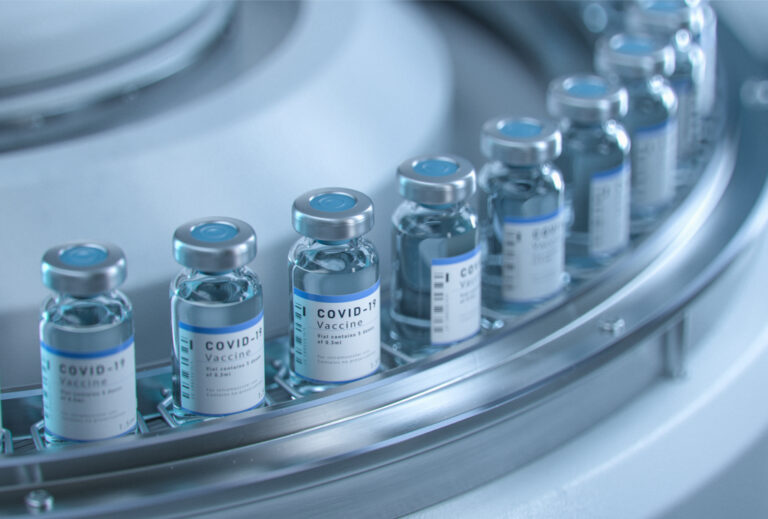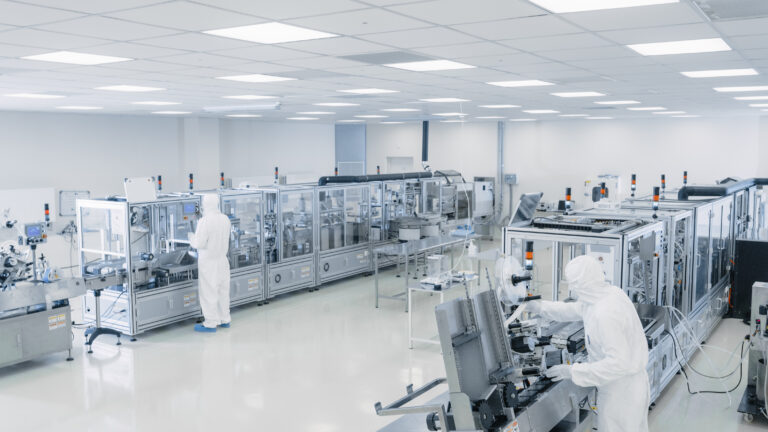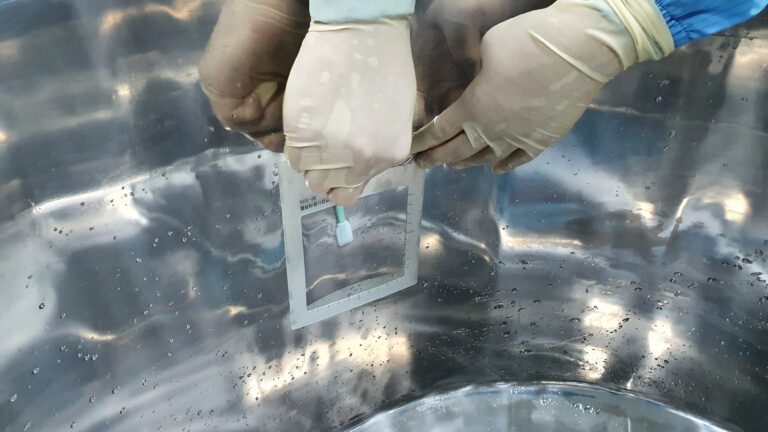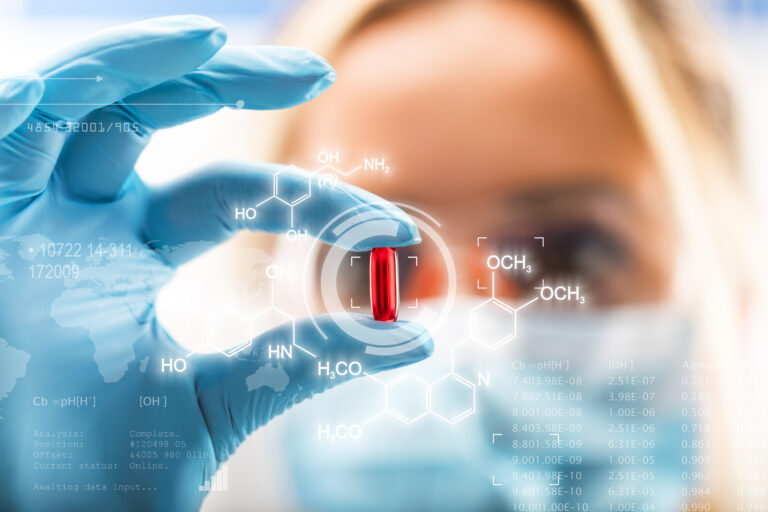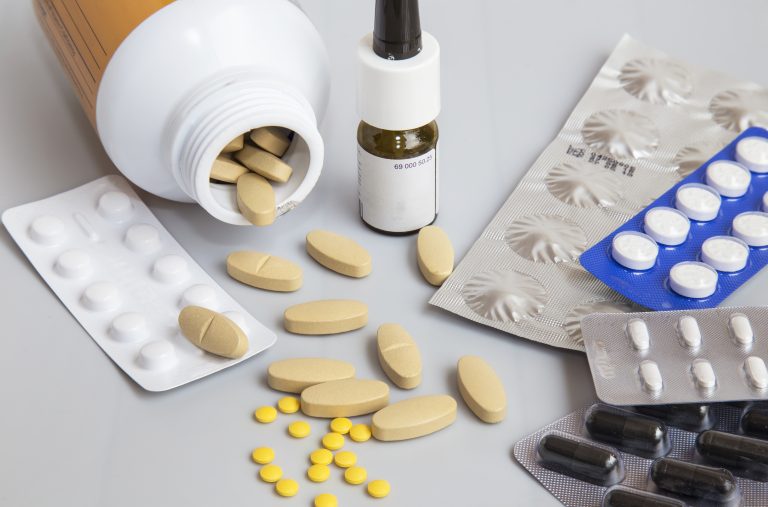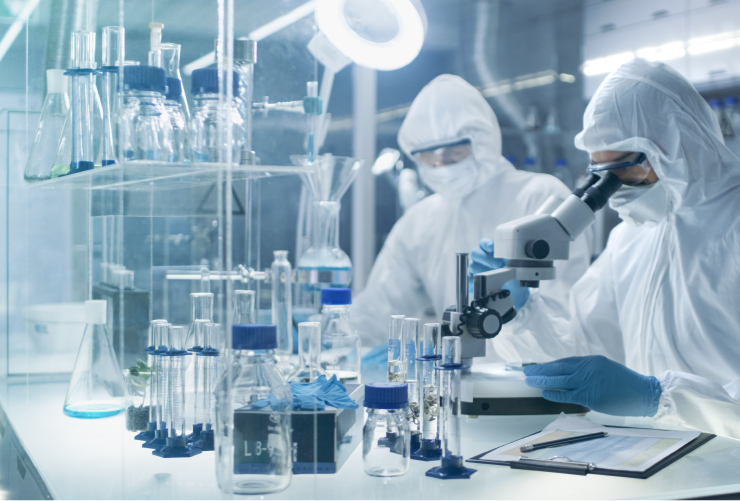On March 28th and 29th, our Life Sciences team will attend “Farmaforum” in Madrid, the Forum of the Pharmaceutical Industry, Biopharmaceutical, Cosmetic and Laboratory technology. Ana, ALTEN SPAIN’s consultant specialized in Quality Control and Validation of Analytical Methods will be there to assist with any issue related to this field. As a sneak peek, she tells us about the last advances in elemental impurities analysis.
What is the approach used to carry out the risk evaluation assessment, raw material or finished product?
To carry out correctly the risk assessment of the drug, the first step is to gather information about the raw material used. If the levels of elemental impurities in several batches are below 30% of the PDE, it should be acceptable to rely on the quality system to maintain control of the process and the existing use of standard GMP as a drug control strategy. This way it would not be required any additional specific test of the element in each batch of finished product. In this case, it would be sufficient to focus the control of the elementary impurities on the raw materials only.
After the risk assessment in the manufacturing process, if there are suspicions of the need for additional elemental impurity control, it is crucial to identify the main source of the elemental impurity. Once it is identified, appropriate controls can be applied, besides the fulfilment of the GMP’s. In this case, it would be more convenient to focus on the control of elemental impurities on the finished drug.
In the analysis of elemental impurities, what should be taken into account to opt for ICP-OES (Inductively Coupled Plasma-Optical Emission Spectroscopy) or ICP-MS (Inductively Coupled Plasma Mass Spectroscopy)?
The specificity of the elemental analysis required, and the laboratory budget are the most important considerations when choosing an ICP-OES system over an ICP-MS system.
To be able to opt for one or another analytical technique, we must consider, among others, the following points:
- When working with samples of inorganic salts, it will be more convenient to work with ICP-OES, since in most cases we find that these types of salts are not volatile.
- The detection levels are higher in ICP-MS, as is the number of elements.
- The operating costs for an ICP-MS system, usually, are considerably higher than for an ICP-OES system, especially because, often, the conditions of a cleanroom must be previously established to perform adequate tests at the parts per billion (ppb). Furthermore, the required reagents for ICP-MS must contain a high level of purity, and the required personnel must have specific knowledge.
- The biggest inconvenience in ICP-OES is the high potential for spectral interference, something that does not exist in ICP-MS.
What happens with the topical products and the other routes of administration?
The ICH Q3D has calculated and published PDE values for each of the 24 impurities for products administered orally, parenterally and inhalatory. Products with different administration routes, such as topical, are not far from the scope of the directive.
In such cases, we must appeal to the module 1 of the Training Package, where we can find a guide to perform a route-route extrapolation and calculate PDE values using as a starting point the existing PDE. The value of the PDE must be calculated individually for each element by its corresponding administration route. The route-route extrapolation must be done individually and case by case. This is a task in which we must take into account multiple factors, not only in terms of the element of analysis but also the route of administration and possible interactions.



